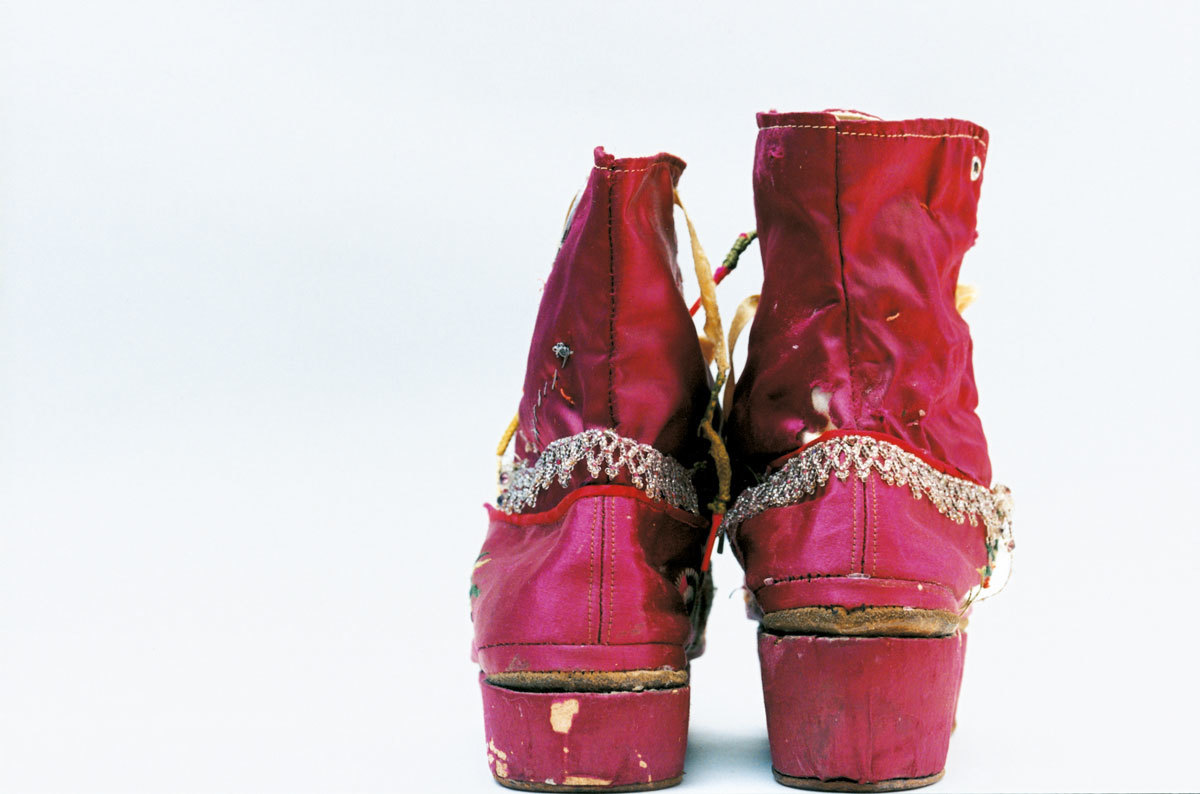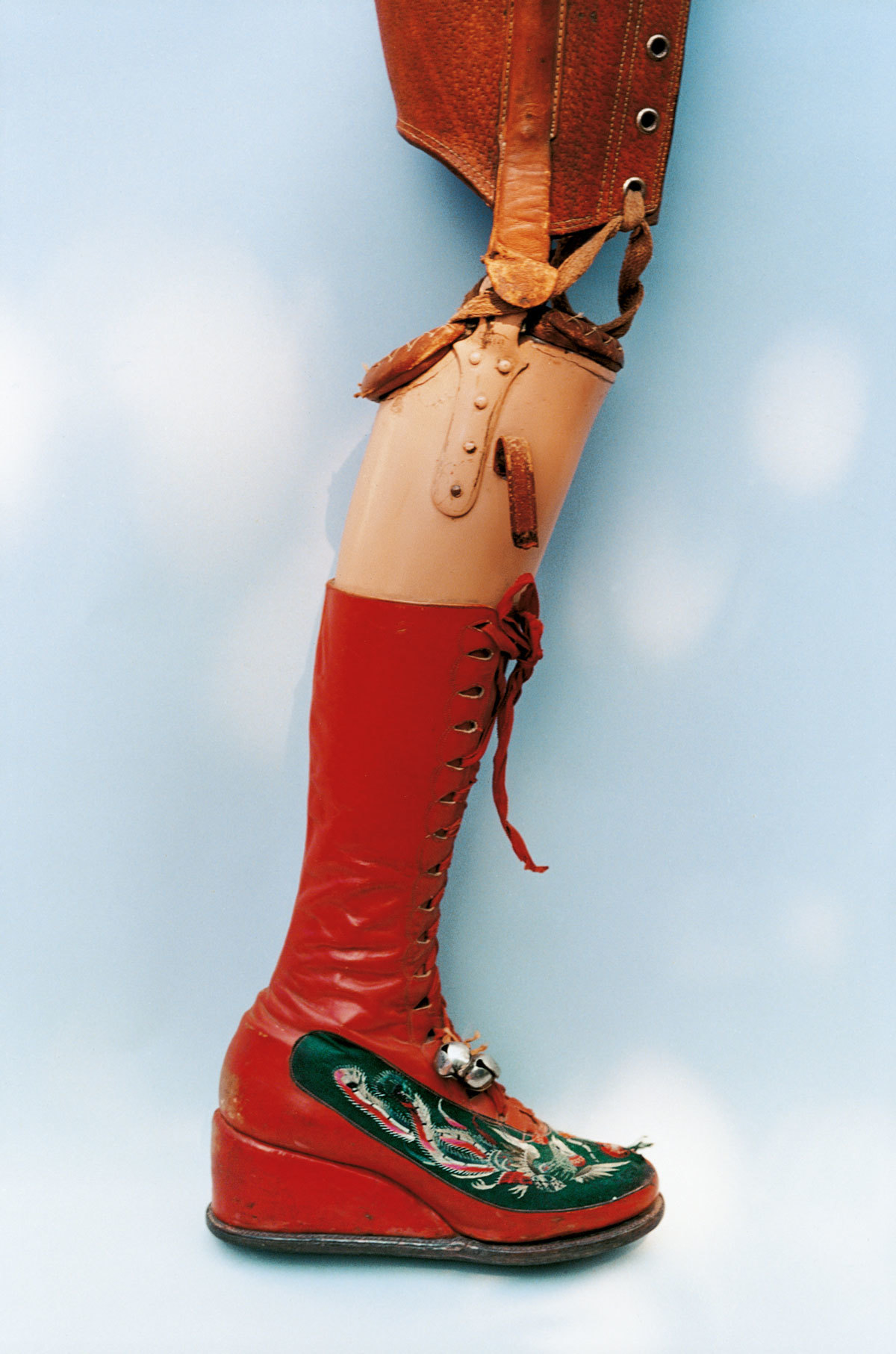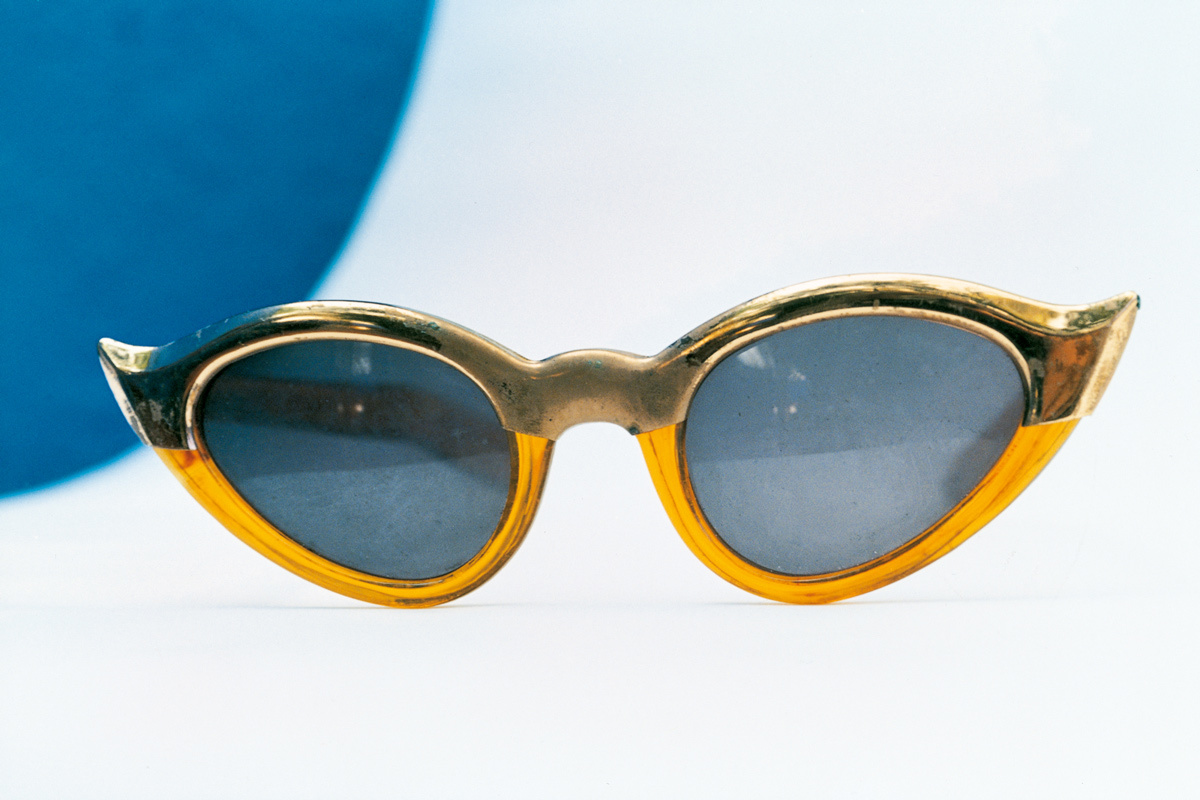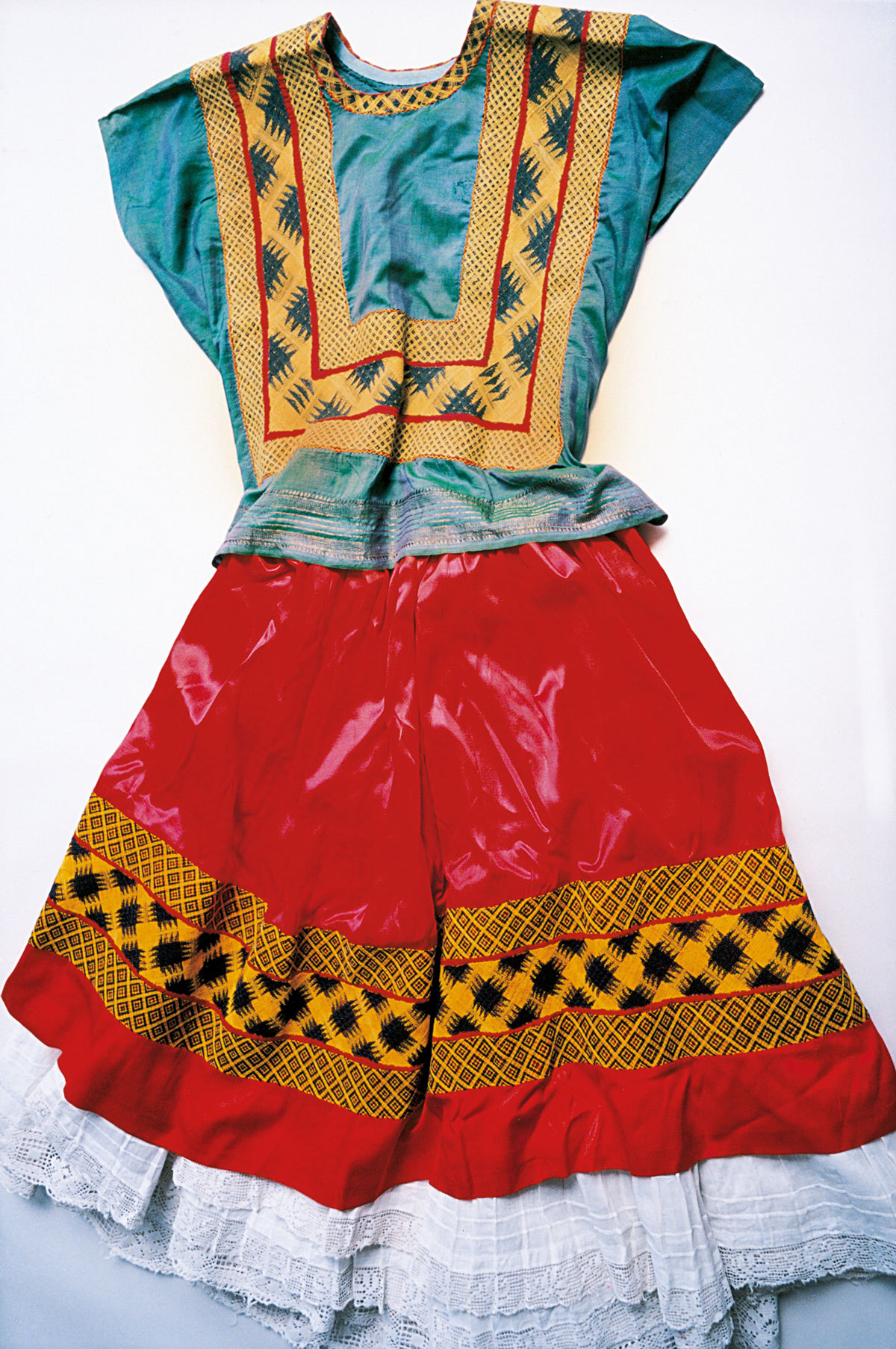Diego Riviera requested that the world wait 15 years after his death before peeking inside his and Frida Kahlo’s stores of belongings. But only now, 47 years later, have these rooms been opened. Alongside communist documents, letters and photographs belonging to the couple, art historians found the Frida Kahlo’s painted clothing. This archive includes a range of traditional Tehuana dresses, appropriated and reinvented as a testament to matriarchy, power and deep national pride.
There are also signs of the disability Kahlo suffered, having survived a bus accident in the 20s that required 35 operations and three months in a full body cast. Her body supports and prosthetic limb adorned with an elaborate red boot remained untouched in the room. More modern accessories such as nail polishes, corsets and sunglasses depict a woman who was flamboyant even at the height of her illness. All of this can be seen in Appearances Can Be Deceiving: The Dresses of Frida Kahlo at the Frida Kahlo Museum, also known as Casa Azul (The Blue House), in Mexico.
Despite this rich selection of pieces, Circe Henestrosa, the curator of Appearances Can Be Deceiving, didn’t feel like the exhibition reached far enough. Henestrosa decided to contact Ishiuchi Miyako, who famously photographed the clothing of the victims of the atomic attack on Hiroshima in her series Here and Now: Atomic Bomb Artifacts. Henestrosa went to Japan and personally persuaded Miyako to come and photograph Frida’s clothes. Together they flew back to Mexico and Miyako spent three weeks at Casa Azul, totally immersed in all things Frida.

Due to her method of working freehand with a film camera, everything is photographed in natural daylight to give it clarity. You can even see the dappled light caused by the trees outside the house in some of the prints. The result is natural and uncontrived. As her time at Casa Azul progressed, Miyako explained, “I felt that in that place where she was born, where she lived and eventually died, surrounded by her belongings, I actually met Frida”.
Sporting a pastel Kimono, Miyako herself has fantastic style, and her photographs show a fashion-lover’s eye for detail. This viewpoint is what drew Henestrosa to Miyako’s work in the first place: “The way Ishiuchi-san looks at things is very delicate. For me it was interesting to see her notice the stitches in the clothes because they look like the scars she has photographed before – it’s a female photographer looking at a female artist – because she is a woman she understands these clothes and the way they’re worn.”
Unlike the immense sadness of Here and Now, this collection of images accept the reality of death but also celebrate life. These are the garments of a tequila loving, coquettish, strong-willed but vulnerable icon. The exhibition embraces the disabilities and pain experienced by this woman so that she seems as magnificent as ever, but a great deal more human.

What did you learn about Frida that was different to how you perceived her before?
I didn’t know much about Frida before I came to Mexico. I read about her before I went over, and the impression I got of her was a very strong woman, willful, she liked men, she liked love. That’s the image that is created of her in Japan. When I first saw her paintings in real life, I was astounded by how amazing they were, and then I saw her belongings… I got the impression of someone very hard working and serious, any ideas I had had of her as a scandalous woman, evaporated.
Which items were you attracted to the most?
In Japan, there is not much awareness of Frida as someone with disabilities. So, the shoes… the shoes really struck me because her right and left legs are different lengths so she had her shoes order made. I thought they were beautiful, so I photographed all the shoes in her collection.

If you could really meet her, what would you want to say to her?
I took lots of photographs of the bottles of pills and morphine which were also kept in the store room. These aren’t part of this exhibition but I would like to do a separate show for them. If I met her I think I would just give her a hug and say, “You really were in a lot of pain weren’t you!”
If you could have access to the belongings of anyone, who’s would you like to photograph?
Georgia O’Keefe, because I think she isn’t who we think she is, so I want to meet the real person.

Frida is open at The Michael Hoppen Gallery from the 14th May to 12th July, 2015.
Check out more Frida photos on the Creators’ Project
Credits
Text Lily Bonesso
Images © Ishiuchi Miyako. Courtesy Michael Hoppen Gallery
